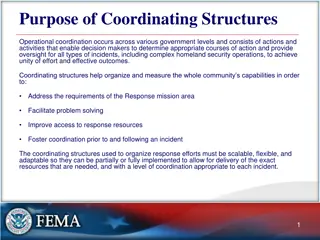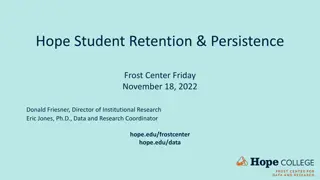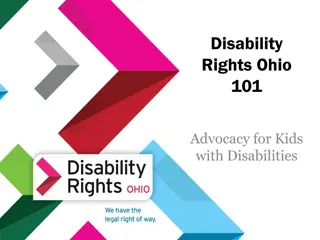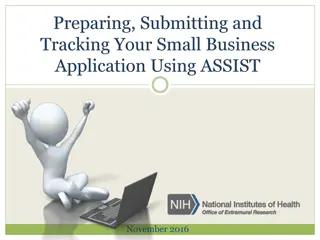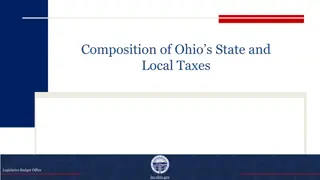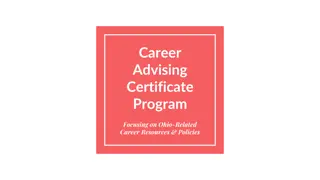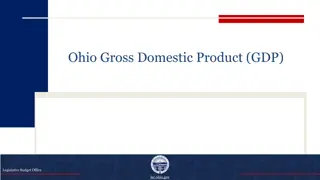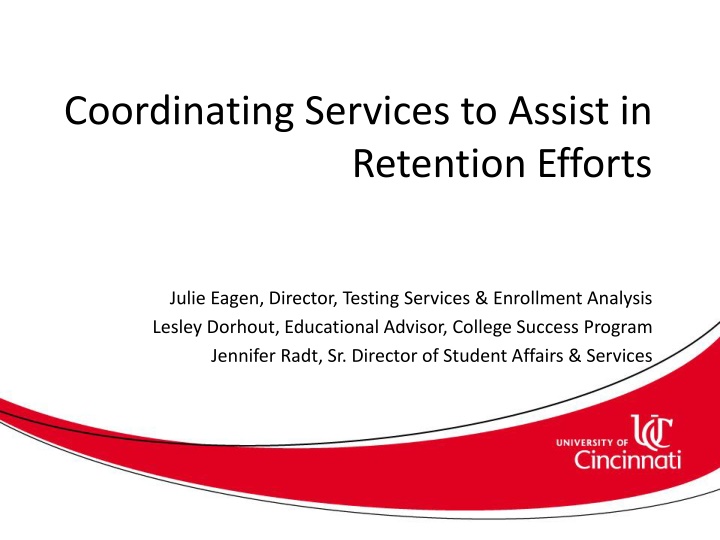
Assisting Retention Efforts at UC Clermont: Service Units Collaboration
Explore how three service units at UC Clermont, including Disability Services, Testing Services, and the College Success Program, are creatively partnering to enhance the college's retention efforts. Discover ways for your unit to contribute to your college's retention plan.
Download Presentation

Please find below an Image/Link to download the presentation.
The content on the website is provided AS IS for your information and personal use only. It may not be sold, licensed, or shared on other websites without obtaining consent from the author. If you encounter any issues during the download, it is possible that the publisher has removed the file from their server.
You are allowed to download the files provided on this website for personal or commercial use, subject to the condition that they are used lawfully. All files are the property of their respective owners.
The content on the website is provided AS IS for your information and personal use only. It may not be sold, licensed, or shared on other websites without obtaining consent from the author.
E N D
Presentation Transcript
Coordinating Services to Assist in Retention Efforts Julie Eagen, Director, Testing Services & Enrollment Analysis Lesley Dorhout, Educational Advisor, College Success Program Jennifer Radt, Sr. Director of Student Affairs & Services
Retention Affects Us All Session s purpose: share how three service units at UC Clermont have partnered to creatively participate in the college s retention efforts discuss ways your unit can participate in your home college s retention plan
About UC Clermont Regional Campus of the University of Cincinnati 2,800 +/- student enrollment Rural location 2-year degree focus (technical and transfer degrees) Large Appalachian population
Clermont College Demographics 58% full-time 56% female 80% white (minorities are < 2% each) 32% non-traditional (age 25 or older) All commuter students More than 60% - 1st generation to attend college Approximately 20% are underprepared in both English and Math Fall 2015 to Fall 2016 retention rate: 61.1%
Disability Services Provides academic support for students with disabilities. Services approximately 220 students each semester. Works closely with Testing Services to provide test proctoring. Provides coaching for students. Responsible for alternate text and assistive technology requests. 1 FT employee and 1 PT employee.
Testing Services Services Offered Placement testing Accommodated test proctoring CLEP DSST PearsonVue Distance Learning proctoring Program specific exams (TEAS V, AMP, HESI) Prior Learning Assessment About Part of Academic Affairs Primarily a student service 2 staff, 1 student worker & 1 contract proctor Orientation responsibilities Data tracking and analysis
College Success Program Target audience: Students testing into developmental English & math Benefits: Transitional courses prepare students for college level work Personal & academic assistance Study strategies and lifelong skills emphasized Goal setting Time Management
Barriers to Success Student Support Services not centralized No formalized retention strategies Placement testing not mandatory College Success Programparticipation optional No comprehensive services for underprepared students Underutilization of services Lack of understanding that we all have a role No strategic effort to retain students with disabilities
Outside Influences on Retention State funding changes in Ohio: no longer based on day +16 enrollment. based on course completion rates. Enrollment decline = need to retain current students. At-risk population = hardest to consistently retain.
Institutional Response to Retention Increased awareness of student lifecycle (application graduation) Focused attention on role of student services Faculty voted to mandate placement testing prior to Orientation/course placement AND mandatory placement in College Success Program if indicated by test scores
Challenges to Institutional Response How to handle mandatory Placement Testing? Culture change Possibility of initial decrease in enrollment How to require mandatory participation in College Success Program? Quick timeframe Resistance from students and faculty How to increase use of services by students with disabilities? Not required Shift for Testing Services How to provide quality service with small staff?
Implementation of Institutional Response Mandatory Placement Testing Increased communication to students, faculty and staff Change in marketing materials Role in Orientation invitation process Mandatory participation in CSP Communication to identified students prior to orientation Specialized academic advisors Frequent communication with Testing Services Increase use of services by students with disabilities Reduce barriers in terms of test scheduling Increased communication to students Personal introduction by Disability Services Staff
The Neighborhood Concept Three units scattered across campus which hindered quality service Three units co-located in 2015-2016 AY Staff works in a team format Staff covers for each other when necessary Staff know students and collaborate when problem solving
Results Quantitative: 94% of incoming freshmen completed placement testing prior to enrolling in classes 95% persistence rate for full participation in CSP (n=78) 50% persistence rate for no participation in CSP (n=18) Persistence rate fall to spring all UCC 80.7% Qualitative: Increased collaboration among support services Creation of Student Success Center
Accommodated Testing Data Accommodated Test Proctoring AY15 vs AY16 700 576 600 500 400 317 275 300 234 200 152 149 67 100 16 0 Fall 2014 Fall 2015 Spring 2015 Spring 2016 Summer 2015 Summer 2016 Total 2014-2015Total 2015-2016
Obstacle Free 2016 Purpose: remove barriers for specific student population increase level of English and math provide comprehensive program to include all student support areas
Obstacle Free 2016 Finances: $10,000; $5,000 in grants and a matching $5,000 from Clermont College. Why $10,000? Waiver of application fee ($50) for each student Waiver of confirmation fee ($50) for each student 3-credit hour scholarship ($667) for each student Remaining funds used for t-shirts, food and supplies.
Year Two Initiatives: 2nd chances Retention Academic recovery program: Servicing academic alert/probation students TS sends initial info to CSP CSP sets up recovery plan CSP monitors students through semester TS tracks progress Students are enrolled in a success skills class taught by neighborhood staff
Whats In It For DS Offices? Multiple units have interaction with DS students Creative way to share resources Staff are cross-trained to problem solve a variety of issues
Action Steps for Your Campus Review institutional retention goals & data Discuss retention with colleagues What programs work for our students? How can our unit expand these exemplary programs? Explore grants for potential retention ideas
Group Discussion How are we all responsible for retention? What additional steps could your office take in supporting retention efforts?
Contact Information Julie Eagen, Director Testing Services julie.eagen@uc.edu Lesley Dorhout, CSP Educational Advisor lesley.dorhout@uc.edu Jennifer Radt, Sr. Director jennifer.radt@uc.edu





